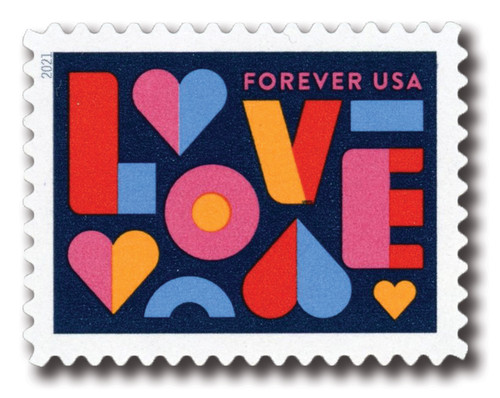
# 5609-13 - 2021 First-Class Forever Stamps - Tap Dance
US #5609-13
2021 Tap Dance
- Commemorates the rich history of tap dance in America and its impact on the world of dance
Stamp Category: Commemorative
Value: 55¢ First Class Mail Rate (Forever)
First Day of Issue: July 10, 2021
First Day City: New York, New York
Quantity Issued: 18,000,000
Printed by: Ashton Potter (USA) Ltd.
Printing Method: Offset
Format: Panes of 20
Tagging: Nonphosphored Type III, Block Tag
Why the stamps were issued: To celebrate tap, its origins (19th century United States), and its continued impact on the world of dance.
About the stamp designs: Includes five designs picturing different tap dancers performing in front of brightly colored backgrounds. Photographs by Matthew Murphy.
First Day City: The First Day of Issue Ceremony took place during the New York City Tap Festival in New York, New York.
History the stamp represents: Tap dancing first appeared in the 1700s, but it wasn’t until the late 1800s and early 1900s that it gained popularity. This was the time of tap dancing greats like Bill “Bojangles” Robinson, Fred Astaire, Ginger Rogers, Gene Kelly, Eleanor Powell, and many others. They popularized the style of dance and thrilled audiences with their fancy footwork.
In 2021, the United States Postal Service issued a set of five Forever stamps honoring the history of tap dancing. This style of dance developed from various different ethnic “step dances” from around the world. Some examples include Scottish step dancing, Irish jigs, West African gioube, and more. Each of these is characterized by the iconic sound the dancers’ shoes make against the floor when they perform specific steps. These steps are a combination of heel and toe strikes, often at high speeds. Special shoes are required to make these sounds, with modern tap shoes featuring metal plates attached to the toe and heel of each shoe. Before the early 20th century, tap shoes used hard leather or even wood to produce their distinct sounds.
Tap dancing has evolved over the years and now includes several different styles. These include rhythm (jazz), classical, Broadway, and post-modern. Each style focuses on a different aspect of tap, but they are all equally impressive. They all exist today thanks to the hard work and innovation of early tap dancing greats.
US #5609-13
2021 Tap Dance
- Commemorates the rich history of tap dance in America and its impact on the world of dance
Stamp Category: Commemorative
Value: 55¢ First Class Mail Rate (Forever)
First Day of Issue: July 10, 2021
First Day City: New York, New York
Quantity Issued: 18,000,000
Printed by: Ashton Potter (USA) Ltd.
Printing Method: Offset
Format: Panes of 20
Tagging: Nonphosphored Type III, Block Tag
Why the stamps were issued: To celebrate tap, its origins (19th century United States), and its continued impact on the world of dance.
About the stamp designs: Includes five designs picturing different tap dancers performing in front of brightly colored backgrounds. Photographs by Matthew Murphy.
First Day City: The First Day of Issue Ceremony took place during the New York City Tap Festival in New York, New York.
History the stamp represents: Tap dancing first appeared in the 1700s, but it wasn’t until the late 1800s and early 1900s that it gained popularity. This was the time of tap dancing greats like Bill “Bojangles” Robinson, Fred Astaire, Ginger Rogers, Gene Kelly, Eleanor Powell, and many others. They popularized the style of dance and thrilled audiences with their fancy footwork.
In 2021, the United States Postal Service issued a set of five Forever stamps honoring the history of tap dancing. This style of dance developed from various different ethnic “step dances” from around the world. Some examples include Scottish step dancing, Irish jigs, West African gioube, and more. Each of these is characterized by the iconic sound the dancers’ shoes make against the floor when they perform specific steps. These steps are a combination of heel and toe strikes, often at high speeds. Special shoes are required to make these sounds, with modern tap shoes featuring metal plates attached to the toe and heel of each shoe. Before the early 20th century, tap shoes used hard leather or even wood to produce their distinct sounds.
Tap dancing has evolved over the years and now includes several different styles. These include rhythm (jazz), classical, Broadway, and post-modern. Each style focuses on a different aspect of tap, but they are all equally impressive. They all exist today thanks to the hard work and innovation of early tap dancing greats.


















